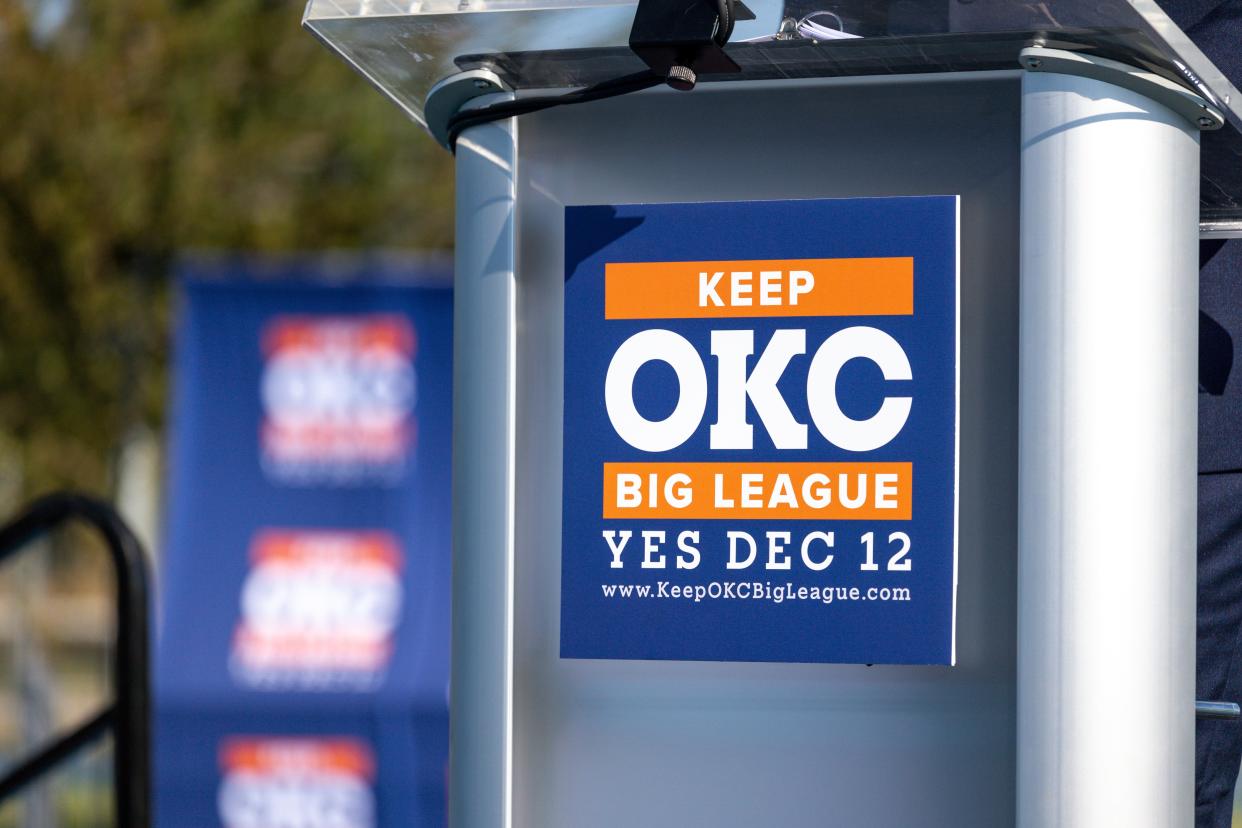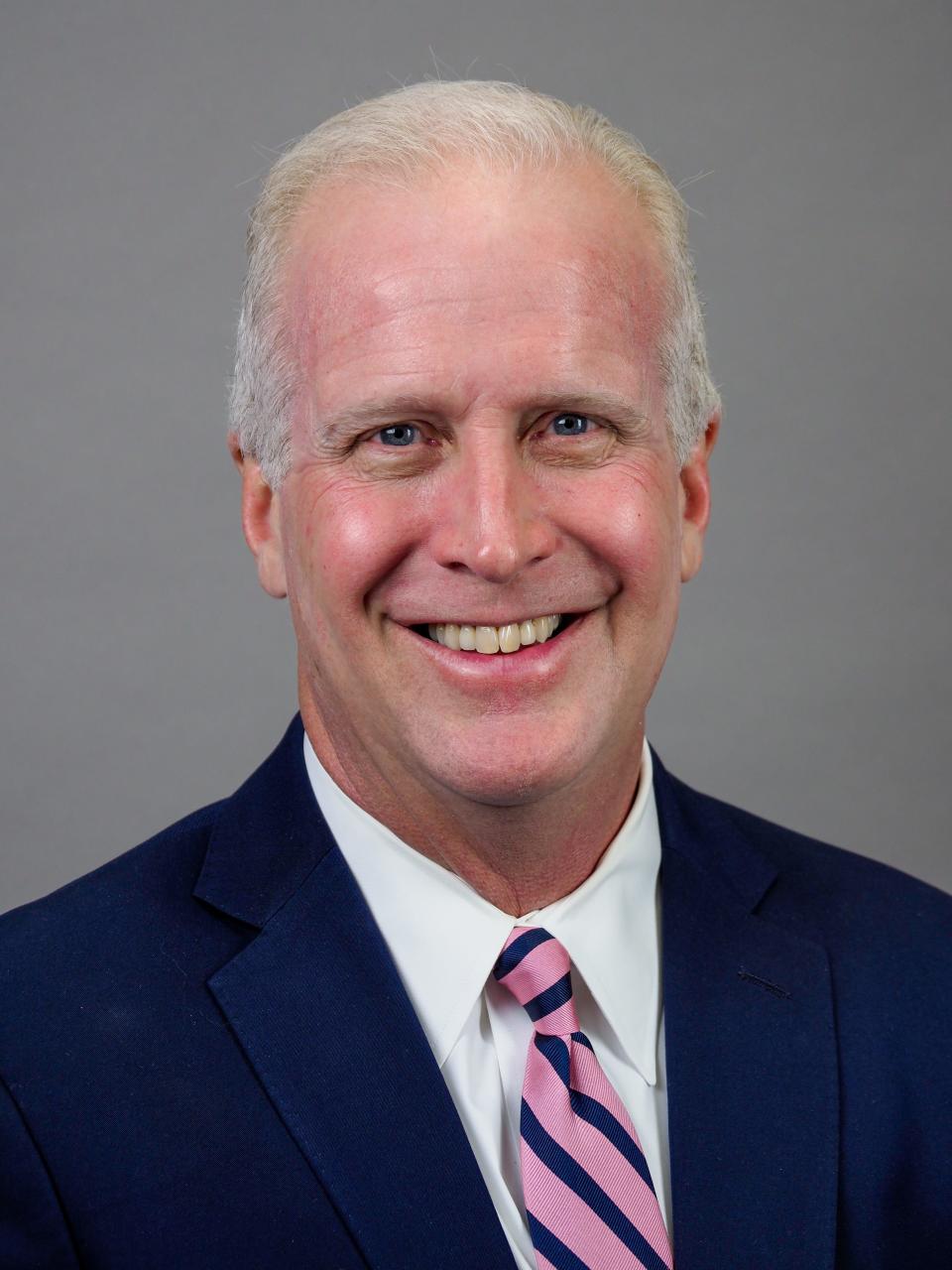An arena has been the centerpiece of OKC's renaissance, proven by 30 years of success

Two things to remember when a small number of economists share negative opinions about Oklahoma City’s new arena: First, the voices may be new, but their arguments are not, and second, they are telling us that doing what we have done successfully for the last 30 years is suddenly bad.
Oklahoma City’s renaissance story has been studied with envy by cities worldwide. If we had listened to narrow academic studies when the arena was a central argument in votes in 1993 and thereafter, few, if any, of the major accomplishments that have taken Oklahoma City from the 30th- to the 20th-largest city in the U.S. would have happened.
An arena has always been the centerpiece of OKC’s innovative self-help effort, producing energy and economic impact that academic studies cannot predict, but 30 years of OKC success prove.
Our verifiable experience is that Oklahoma City has produced jobs, tax revenue and other investments that would have been highly unlikely without a vibrant arena and well-run NBA team. There is no way the success of First National, Skirvin, hotel development, downtown and inner-city housing, and other entrepreneurial risk-taking could have been predicted by the kind of studies a few proclaim today in opposition to a new arena.
More: Editorial: Why we support building a new arena in Oklahoma City
Economic impact studies are important — in proper context and with humility in their projections. Good studies measure direct and projected impact. But no study projected the kinds and levels of success Oklahoma City has experienced over the last three decades, even beyond downtown. Midtown, Capitol Hill, Plaza District, NW 23 and other inner-city neighborhoods would not be thriving without a dynamic arena as the centerpiece of Oklahoma City’s renaissance.
How arena can boost OKC into future
Anti-arena arguments are not new, and academic studies always have had serious limitations.
Thirty years of success comes from entrepreneurs risking their own money to build on a city that continues to bet on itself; from parents creating memories with their children at a monster truck rally or bull riding competition at our arena; from friends and strangers singing along with world-class entertainers who had never performed in OKC before; all of which helps create a dynamic economy built in no small part around our city-owned and managed arena.
Now we have the opportunity to build — for the first time — an actual NBA arena that will create new and currently unimaginable opportunities. It is our time in Oklahoma City history to determine our future.
We first approved our current arena four years after the Berlin Wall fell and 14 years before the smartphone was invented. How long before we face such a choice again if we approve the new arena? We will have at least seven different presidential elections and the Thunder will be playing their 42nd season in OKC. We don’t do this often, so we must do it right.
Let’s trust our 30-year proven track record and leave opponents to the same defense the Marx Brothers gave in the movie “Duck Soup” — “Who ya gonna believe, me or your own eyes?”

Devery Youngblood was the founding president of Downtown OKC Inc. and has had active roles in most community elections after the original MAPS vote.
This article originally appeared on Oklahoman: OKC's past success unlikely without vibrant arena and NBA Thunder team

